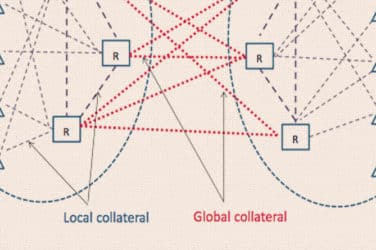
The futures industry is exploring alternatives for the protection of customer collateral as the swaps and listed derivatives worlds coalesce.
In January, the U.S. Commodity Futures Trading Commission (CFTC) adopted final rules regarding the protection of cleared swaps collateral, which impose requirements on a futures commission merchant (FCM) and derivatives clearing organization (DCO) regarding the treatment of cleared swaps collateral.
The CTFC adopted what is known as the Complete Legal Segregation Model (CLSM), under which both the FCM and the DCO are required to segregate the cleared swaps collateral relating to each customer.
Under the existing U.S. futures model for customer asset segregation, property is treated separately from the property of the FCM, but futures customers are treated as a group, rather than individually. Various FCM and DCO segregation processes are deeply ingrained in the futures markets.
“Although swaps and futures have different features and attributes to track in the system, you still need to track their valuation day-to-day and include them in your exposure reports to counterparties,” Louis Caron, executive lead at commodity trading and risk manager SAS RiskAdvisory, told Markets Media.
The Futures Industry Association (FIA) has recommended that FCMs be required to submit to their self-regulatory organization a daily computation of segregation requirements and a twice-monthly report on the investment of customer funds.
The CFTC recently held a roundtable discussion on the topic of customer collateral protections. Futures broker Newedge Group, one of the participants, said in a subsequent comment letter that the FIA recommendations do not go far enough, and instead recommended introducing a regime providing for daily automated reconciliations of the FCMs’ claimed requirement of segregated funds with amounts actually held by FCMs.
There is a precedent for such a regime: the China Futures Margin Monitoring Center Co., which is owned by the four principal Chinese derivatives exchanges, receives daily information from Chinese FCMs and their depositories, and reconciles the information to identify weaknesses in segregation.
When weaknesses are identified, referral is immediately made to the China Securities Regulatory Commission for follow-up.





